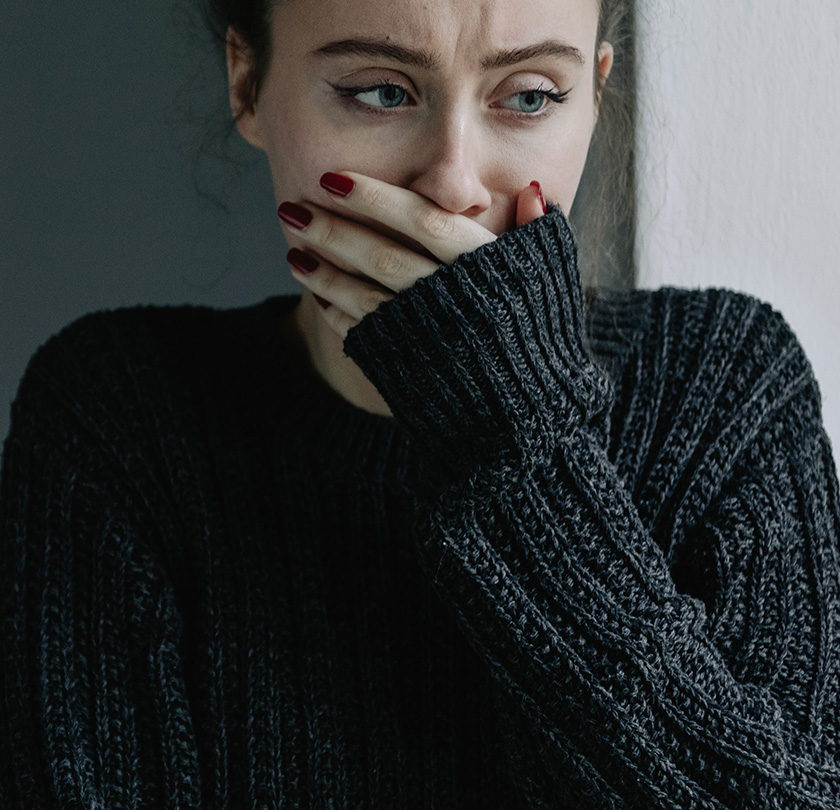Fear is a deeply rooted human response that helps keep us safe from dangerous situations. It is the feeling and physical reaction most of us would experience upon encountering a dangerous animal or getting too close to a cliff edge.
Even though we sometimes experience fear in situations that are not life or death – think public speaking or having a difficult conversation with a family member – these experiences rarely keep us from living our lives to the fullest.
Some fears, however, are irrational, persistent, or both, and can hamper people from living healthy and productive lives. Phobias are uncontrollable, persistent, and irrational fears about certain situations, actions, or objects, often divided into two categories: avoidance and reaction. These may range from fear of heights and spiders to going outside or being in tight spaces. Some of these objects and situations are easy to avoid, but some are present in everyday life.
Cognitive-behavioral therapy (CBT) is commonly used to help someone with a phobia learn methods to deal with their fear. CBT helps people learn how to live with and overcome their fears. Professionally guided exposure therapy is also a helpful treatment, especially for people with phobias of specific objects or situations. It gradually brings the person closer to the object of their phobia to help desensitize them to the phobia. Sometimes doctors will also recommend anxiety medications or sedatives for occasional use.
If you are experiencing fears of specific situations or objects that interfere with your daily life, speaking to your doctor or a mental health professional is a great place to start.
Sources:
Phobias | Johns Hopkins Medicine
Therapy for Phobias: What Are the Options? (healthline.com)


